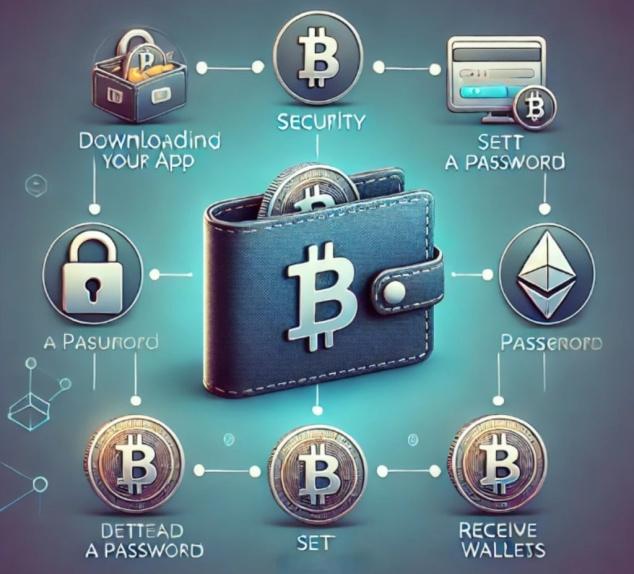Cryptocurrencies have become an integral part of the modern financial world. Over the past year, interest in them has sharply increased, along with the activity of scammers. One of the most common methods of fraud in this area has become fake crypto wallets. Each of us needs to understand how fraudulent schemes with fake wallets work, what methods attackers use, and we will also provide recommendations on how to protect your cryptocurrency.
The Concept of Crypto Wallets
A crypto wallet is a program or device that allows users to store, send, and receive cryptocurrency assets. Wallets are divided into hot and cold. Hot wallets are connected to the internet and are convenient for frequent use, while cold wallets, such as hardware or paper ones, are intended for long-term storage of assets.
However, with the growing popularity of cryptocurrencies, scammers have become more active in using fake wallets. These counterfeit applications mimic real wallets, tricking users into entering their personal data and access keys.

Cryptocurrency Fraud
Fraudsters use several main strategies to create fake wallets and deceive users.
Pseudo-Applications
Often swindlers create pseudo-applications for mobile devices. They can develop programs that outwardly resemble legitimate crypto wallets. Most often, such software is placed in official app stores but can also be found on third-party resources.
Fraudsters use reviews and ratings to create an appearance of legitimacy. By using such applications, users enter their data and become victims, losing their crypto assets.
Phishing Sites
Another common method is creating phishing sites. Attackers develop web pages that copy the interface of well-known crypto wallets. Users receive fake messages via email or social networks, with an offer to visit the specified site to "update information".
When a user enters their data on such a site, it goes straight into the hands of scammers. Such attacks often make it very difficult to recognize a fake site, as scammers focus on details.

Social Engineering
Social engineering is a method where scammers manipulate users to gain access to their data. This can be personal communication through chats or using phone calls. Scammers may pose as employees of a large company or technical support, offering their services, which ultimately turn into information theft.
Signs of a Fake Wallet
Having understood how scammers work, it's useful to know what to look out for to protect yourself. Let's consider the main signs of a fake wallet.
Unreliable Reviews and Ratings
The first step to safely using crypto wallets is analyzing reviews and ratings. Be cautious with applications that have a large number of positive reviews left by users with suspicious names. This can signal a conspiracy of scammers.
Wrong Website Address
If you are using a web wallet, carefully check the website address. Any changes or typos in the address may be a sign of phishing. For example, if you see "famouswallet.com" instead of "famouswallet.com", this should raise suspicion.
Requests for Personal Information
Legitimate wallets never require you to enter passwords or personal keys on third-party sites or via email. If your application requests such information, you should immediately stop using it.
How to Protect Your Funds
Protecting cryptocurrency from fraud is a key aspect of using crypto wallets.
It is important to use only well-known and verified crypto wallets. Before installing an application, check its reputation, read reviews, and look at the developers' activity.
Two-factor authentication (2FA) provides an additional level of security. Even if an attacker gains access to your password, without the second factor they cannot log into your wallet. This could be an SMS message, a code from an authentication app, or a device.

Private keys are the key to your cryptocurrency. If someone gains access to these keys, your funds are at risk. It is recommended to keep them in a safe place, such as a hardware wallet or written on paper, away from outside access.
Cryptocurrency fraud is constantly evolving, and fake crypto wallets are just one of many schemes used by attackers. Understanding the main methods of scammers can help users prevent the theft of their assets. Be vigilant when choosing a wallet, avoid suspicious sites and applications, and follow security recommendations.
Thus, continuous learning and awareness of potential risks are important aspects of successful and safe use of cryptocurrencies. Remember: trust, but verify – and your cryptocurrency will be safe.


